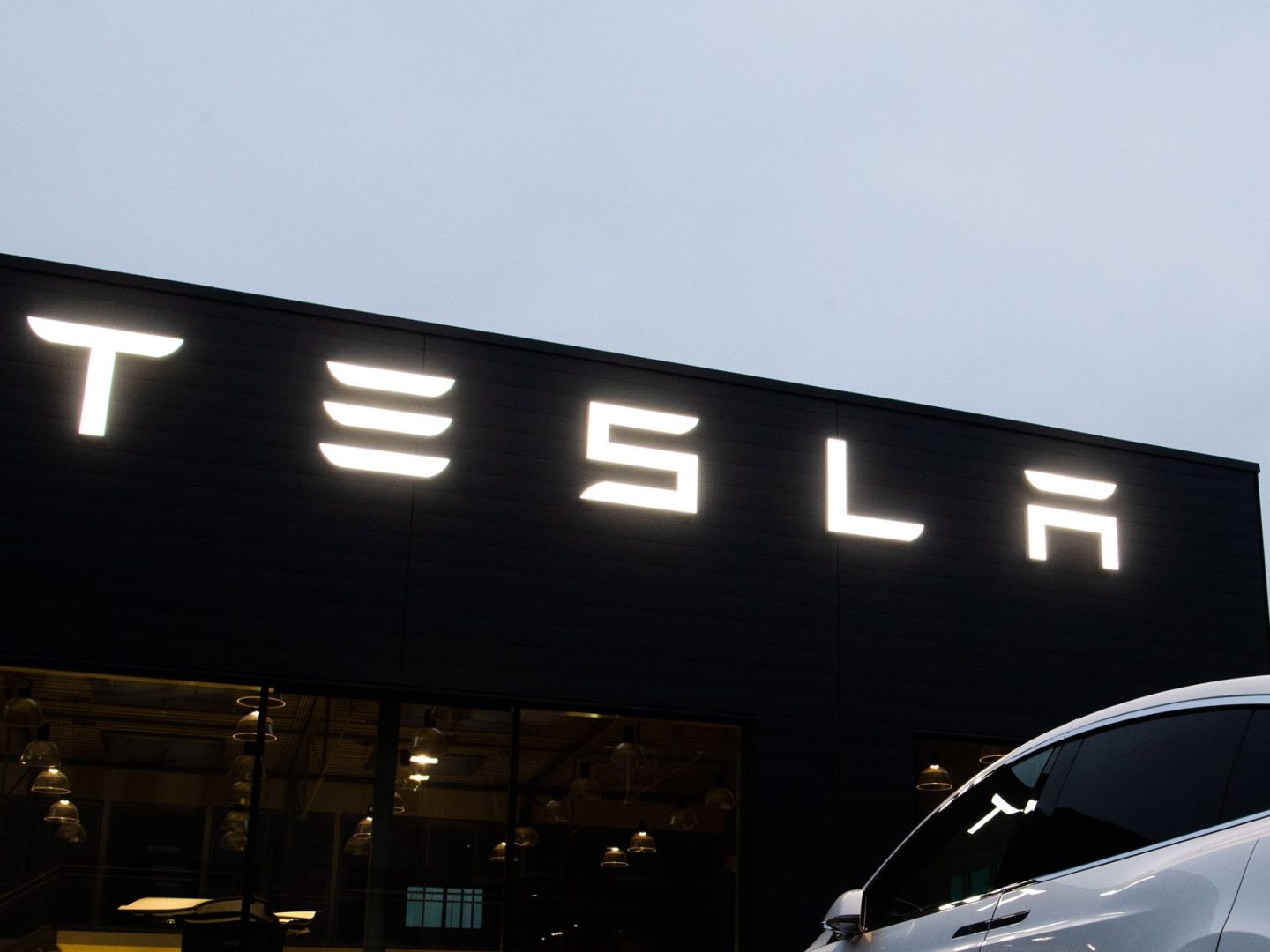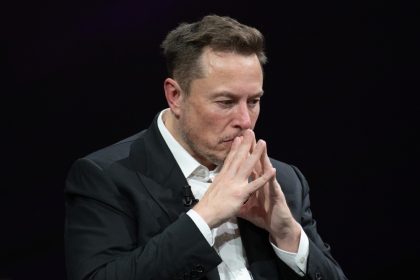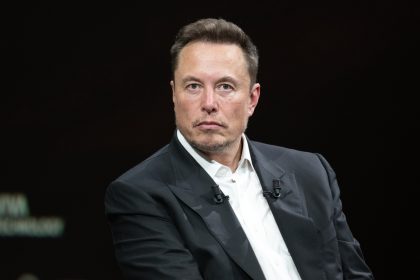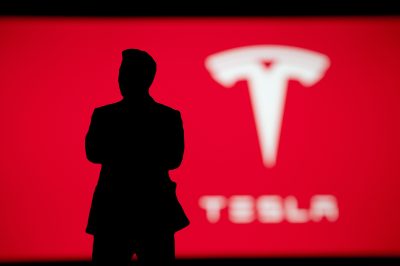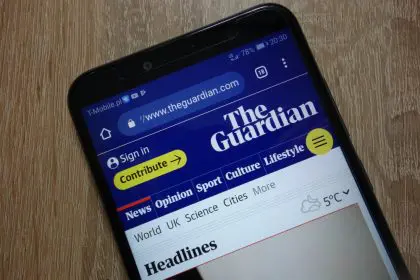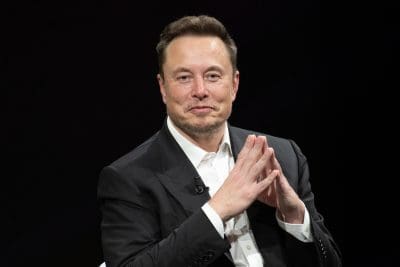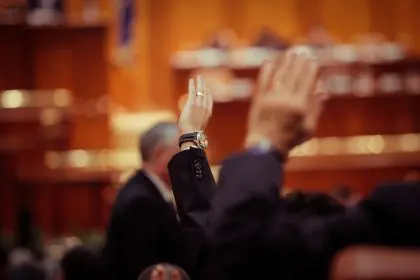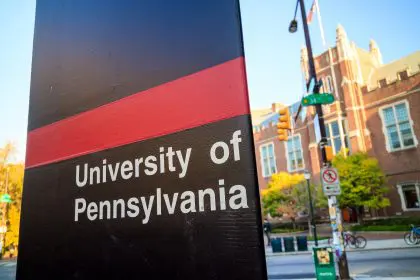In a highly anticipated event, Tesla CEO Elon Musk showcased the company’s futuristic vision for transportation with the unveiling of the Cybercab, a driverless vehicle that promises to revolutionize urban mobility. This event, held at Warner Bros. studio in Burbank, California, marked a significant moment for Tesla, which has faced years of skepticism regarding its autonomous vehicle promises.
The Cybercab, a sleek, low-silver two-seater, was presented as a vehicle devoid of traditional controls like steering wheels or pedals. Musk revealed that Tesla has already produced 21 of these innovative vehicles and plans to manufacture them at a price point below $30,000. He expressed optimism that production could commence before 2027, a timeline that reflects Tesla’s ongoing commitment to advancing autonomous technology.
At the event, Musk also discussed Tesla’s Full Self-Driving system, which is currently available in a supervised version requiring human oversight. He announced plans to roll out an “unsupervised FSD” in Texas and California by next year, specifically for the Model 3 and Model Y electric vehicles. This development is crucial for Tesla as it aims to enhance the safety and reliability of its autonomous driving technology.
In addition to the Cybercab, Musk introduced plans for an autonomous electric Robovan capable of transporting up to 20 passengers or goods. This vehicle is designed to address high-density transport needs, making it ideal for sports teams or large groups. Both the Cybercab and Robovan will utilize inductive charging, allowing them to recharge without the need for plugging in, further enhancing their convenience and usability.
Despite the excitement surrounding these announcements, it’s important to acknowledge Tesla’s track record with autonomous vehicles. Musk has made several ambitious claims over the years, including promises of full autonomy by 2015 and a million robotaxi-ready vehicles by 2020. However, many of these timelines have come and gone without fulfillment, leading to skepticism among investors and consumers alike.
Earlier this year, Musk reiterated his belief in Tesla’s future in autonomy, stating, “If somebody doesn’t believe Tesla’s going to solve autonomy, I think they should not be an investor in the company.” This statement reflects his unwavering confidence in the company’s technological capabilities, even as it faces scrutiny over past delays.
The event, which Musk described as a “product launch,” allowed attendees to experience test rides in the autonomous vehicles within the controlled environment of the studio lot. Musk concluded the presentation by introducing Tesla’s humanoid robot, dubbed Optimus, which he claimed would be more than just a promotional gimmick. Attendees were encouraged to interact with the robots, which were serving drinks and even dancing to music, showcasing Tesla’s innovative spirit.
Tesla’s unveiling of the Cybercab and Robovan represents a bold step towards a future where autonomous vehicles could reshape transportation. While the company has faced challenges in meeting its ambitious timelines, the latest developments signal a renewed commitment to innovation and progress in the field of self-driving technology. As Tesla continues to push the boundaries of what is possible, the world watches closely, eager to see if these promises will finally come to fruition.
Tesla’s vision of autonomous transportation raises intriguing questions about the future of urban mobility and its potential impact on communities of color. While the promise of affordable, autonomous vehicles could revolutionize transportation access, it’s crucial to consider how these technologies might be implemented equitably.
The proposed price point of under $30,000 for the Cybercab could potentially make autonomous vehicles more accessible to a broader range of consumers, including those in underserved communities. However, it’s important to remain critical of how these technologies are developed and deployed, ensuring they don’t exacerbate existing disparities in transportation access and safety.
The concept of the Robovan, capable of transporting up to 20 passengers, could have significant implications for public transportation and community mobility. For neighborhoods that have historically been underserved by public transit, such vehicles could potentially fill crucial gaps in service. However, it’s essential to advocate for equitable implementation that prioritizes the needs of all communities.
As Tesla moves forward with its plans for unsupervised Full Self-Driving capabilities, it’s crucial to consider the safety implications, particularly in urban areas where pedestrians and cyclists are more prevalent. Black communities have often borne the brunt of transportation-related safety issues, and it’s important to ensure that autonomous vehicle technology is developed with these concerns in mind.
The introduction of Tesla’s humanoid robot, Optimus, while innovative, also raises questions about the future of work and automation. As these technologies advance, it’s important for Black professionals in tech and other industries to be at the forefront of discussions about their development and implementation.
While Tesla’s vision is exciting, it’s crucial to approach these developments with a critical eye, considering both the potential benefits and challenges they may bring to Black communities. Engaging in conversations about the ethical implications of autonomous technology, advocating for inclusive design and development processes, and ensuring equitable access to these innovations will be key as we move into this new era of transportation.

